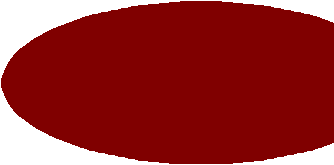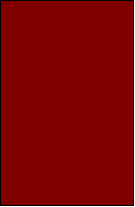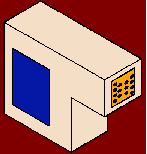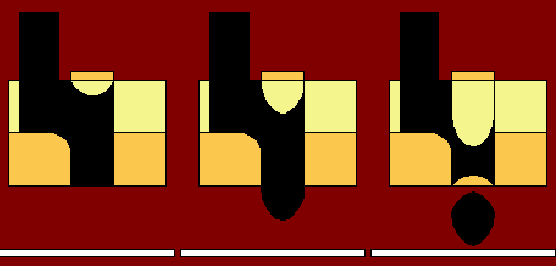Printers
|
|
All computer printing is based on the dot matrix, this is to say that a printed image is a series of dots of colour on paper.
|
In order to understand the workings of a colour printer we must first understand how colours are created.
|
|
All colour is made up of different combinations of light. This is shown to us when we pass white light through a prism, which breaks it into the spectrum. Different mixtures of the primary colours can be used to create any colour from the spectrum.
|
Colour printing uses four primary colours: cyan (blue-green), yellow, magenta (purple-red), and black, these colours are identified by the acronym CYMK (K stands for black). Colour printing is achieved by using tiny dots (usually the same size) of these four colours. Modern printers can create up to 700 dots of colour per inch, this derives the Dpi classification of printers.
|
|
The way your colour printer works is:, an ink filled cartridge is inserted into the printer head, which moves sideways across the width of the sheet, which is fed in below the print head.
|
The print head will contain usually a black and colour cartridge, the colour cartridge consisting of cyan, magenta and yellow, thus the head contains CYM colours. Each cartridge has up to 50 ink filled firing chambers at the bottom of the cartridge, each attached to a nozzle smaller than a human hair. The nozzles are shown right.
|
|
Each firing chamber has a thin resistor at the bottom, an electrical pulse flows through the resistors.
|
The electrical current that flows through the resistor heats a thin layer of ink at the bottom of the chamber to 900 degrees Fahrenheit for only several millionths of a second, this causes the
|
ink to boil and form a bubble vapour which expands. It pushes the ink through the nozzle to form a droplet. The force of gravity causes the droplet to fall onto the paper.
|
A typical character is formed by an array of these drops, usually 20 across and 20 high.
|
As the resistor cools the bubble collapses, thus sucking in fresh ink from the attached cartridge, into the firing chamber. (This process is shown below for one individual nozzle)
|











